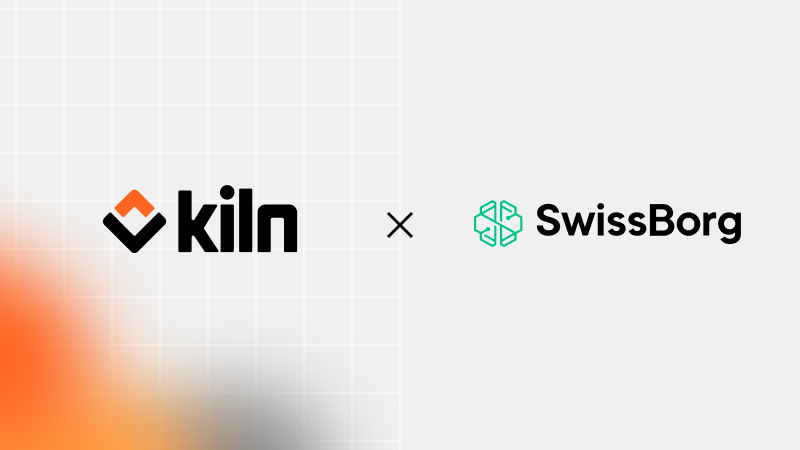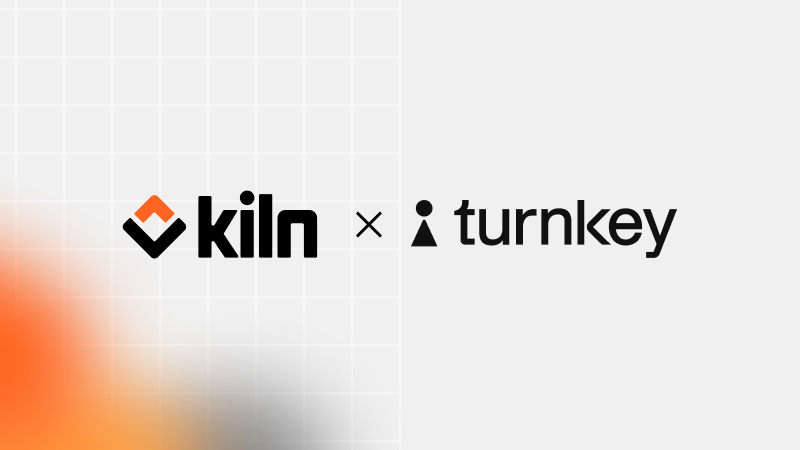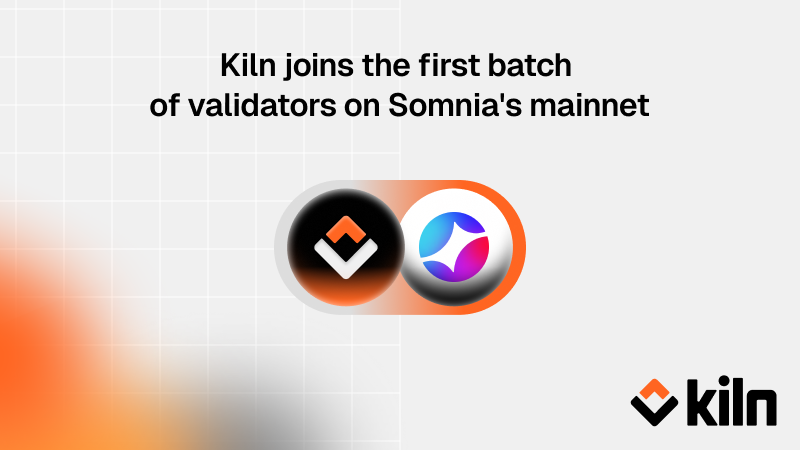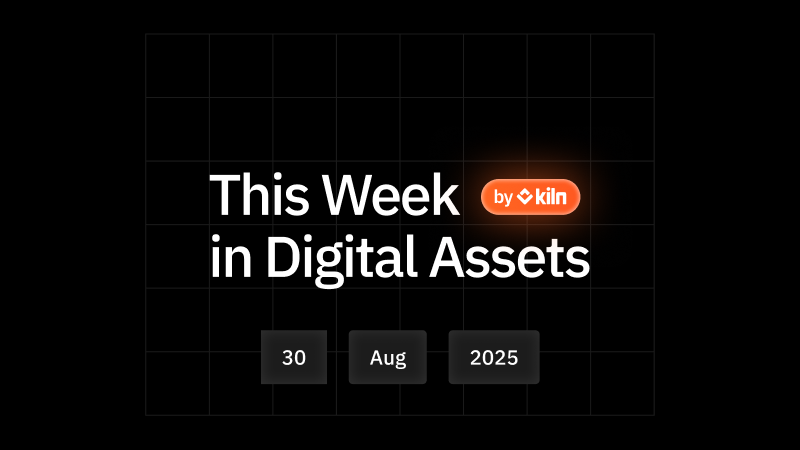Research
💡 TLDR:
- Native restaking of ETH on EigenLayer requires users to prove each validator and periodically prove reward skimming event. Liquid staking relies on LSTs oracles and doesn’t require any operation after the initial deposit.
- The operational costs of native restaking are high, with 30% of staking rewards spent on gas fees on average over a 1 year period. (For a 32 ETH validator restaked over 1 year at 3.9% APR with an average gas price of 35 Gwei)
- The EigenLayer team plans to upgrade M2 EigenPod contracts, introducing a checkpoint proof system that simplifies withdrawal processes and automatically compounds consensus rewards and native ETH, improving user experience and profitability. Implementation is scheduled post-payments and before/alongside slashing, with no set dates yet communicated.
What is Native Restaking?

Native Restaking is the act of restaking a ‘native’ ETH validator running on the Beacon Chain. First, users deploy an EigenLayer pod smart contract (one per user), then they have to set their validator’s withdrawal credentials to point to this previously deployed smart contract. This means the validator’s 32 ETH stake and rewards can be used by the EigenLayer protocol to secure additional protocols (AVSs), and earn additional rewards for restakers.
Liquid Restaking only requires the deposit of liquid staking tokens (LSTs) into the EigenLayer smart contracts, no changes need to be made on the underlying validators.
Native Restaking Steps
To understand the operational costs of native restaking, it’s important to list out all the steps involved and the associated transactions and proofs to be submitted.
- Deploy an EigenPod. One EigenPod is needed for each wallet to manage your native restaked position. This pod will also receive CL rewards and the balance from exited validators.
- Note: This EigenPod can be re-used for several validators.
- Deploy validators with this EigenPod set as the withdrawal credentials.
- Note: it is not possible to change the withdrawal credentials of an already-live validator, you will need to exit your validator and restake on a new one to change them.
- Upload proofs. Once your validator is in the consensus layer entry queue, you're required to upload a proof to the EigenLayer contract for each validator.
- Delegate your stake to an AVS Operator. This is an operation made on the EigenPod and only needs to be done once.
You have now natively restaked, and your validator is helping secure EigenLayer AVSs and earning corresponding rewards. The subsequent steps are: - Withdraw CL rewards: Consensus layer rewards of your validator are automatically skimmed every ~8 days by the protocol to the withdrawal address set on the validator, which is set to your EigenPod. To withdraw these rewards you need to perform 2 transactions:
- The first transaction requires you to upload one proof for each skimming on each validator. Once this transaction is confirmed on chain the proven amount will be placed in a withdraw queue for 7 days. Note that this withdraw queue is implemented by the EigenLayer contracts and distinct from the Beacon Chain validator queues.
- After the queuing period of 7 days, the equivalent amount of ETH will be available to withdraw. All withdrawal requests that finish the 7-day queuing period can be withdrawn in one single transaction.
- Withdraw Exited Validators: First, you will need to exit it from the Beacon Chain. After the Beacon Chain has processed the exit, your 32 ETH collateral gets sent to your EigenPod. This is also a skimming cycle, so you need to submit one proof for it and wait 7 days as described in step 5. Once this is done, you will be able to withdraw your stake in one transaction.
About the proofs
We saw in several of the above steps that proofs needed to be submitted to the EigenLayer smart contracts - when restaking a new validator, and when skimming consensus layer rewards. What are these proofs and why are they needed?
In short, these proofs enable the EigenPod contracts to confirm that the ETH that comes into them is indeed linked to the consensus-layer activity of the corresponding validator, and not ETH that may have been sent to the EigenPod from another source. The proofs are generated off-chain using Consensus-layer data, and submitted to the EigenLayer smart contract which performs a cryptographic verification using Merkle Trees.
💡 Note on batching proofs
You can submit proofs in batches of up to about 25 in one single transaction - beyond this amount you start to hit the transaction gas limits (there is no limit in the EigenLayer contracts, the only limit is how much gas can be spent in a single tx). The gas cost of the transaction will increase linearly with the number of proofs you are submitting.
Note that you can only batch submit proofs into the same EigenPod.
Operational Cost Estimation
Here is a quick breakdown of the expected gas cost of the previously detailed operations:

**Average gas used over 980 transactions batching 25 proofs of skimming events.
*Assuming gas price of 35Gwei and price of ETH of 3.000,00 USD
Simplified Example
Let’s take an example of one natively restaked validator for 1 year:

Modelling the Economic Viability of Native Restaking
The first question we look at is: how does the share of rewards I will spend on gas costs (”profitability”) vary with the length of restaking of my validator (”investment period”).
.png)
In the above chart, we can see that for low investment periods, over 30% of the rewards are used to pay for gas:
- On a longer timeframe, we can see that the cost stabilizes to 28% of the total staking rewards. It’s due to the setup and exit costs being negligible on a longer timeframe. This highlights that the majority of the cost is due to ongoing skimming proofs upload to request the withdraw of CL rewards from the EigenPod.
.png)
In this chart, we can see the percentage of rewards the restaker spent in fees to request the withdrawal of their total generated rewards. The majority of this cost is linked to the verifyAndProcessWithdrawals call where we need to upload proofs to request the withdraw of CL rewards or exited validators.
Impact on total rewards:
- Above 62 Gwei, +50% of the equivalent amount of total rewards is spent on transaction fees
- Above 124 Gwei, +100% of the equivalent amount of total rewards is spent on transaction fees
The next natural question is: how much restaking impact the net native staking performance, and how does the network gas price impact this reduction of rewards earned?
.png)
This chart presents the percentage of overperformance of native staking vs native restaking.
- Above 47 Gwei, it’s 50% more profitable to run a native staking validator without restaking
- Above 78 Gwei, it’s 100% more profitable to run a native staking validator without restaking
💡 In addition to the previous, if the network rewards rate drop over time, the profitability of native restaking will be highly impacted because of the fixed gas cost linked to the management of a native restaking position.
The high operational costs associated with native restaking on EigenLayer, particularly the substantial gas fees and labor-intensive process of frequent skimming events, significantly impact profitability and economic feasibility for institutional investors such as Digital Asset Managers, including issuers of Exchange-Traded Products (ETPs) and Exchange-Traded Funds (ETFs).
These costs add complexity and reduce overall returns on investment, making EigenLayer less attractive compared to more efficient and cost-effective staking solutions. For ETP and ETF issuers, the additional complexity and operational burden detract from their core business model, which relies on efficiency and minimal overhead.
How can we make this more sustainable over time?
- As a restaker, optimizing the broadcast of the
verifyAndProcessWithdrawalstransaction during times when gas price is low is the first action that needs to be taken. - AVS rewards could compensate for this recurring cost and make native restaking more economically viable covering for the network fees paid by the restakers.
- Collaborative work between retakers and the EigenLayer protocol to work on alternatives to the current proof validation model.
Looking forward
At the time of writing, Native Restaked ETH represents 64% of the total value locked in EigenLayer, with the actual 4,873,558 ETH TVL, this means that 3,185,704 ETH are currently generating CL rewards that will need to be skimmed by restakers.
💰 Over one year, this represents a total of ~4,542,117 proofs, ~181,685 transactions; With a gas price at 35 Gwei and ETH at $3,172 it will result in a total of $107,240,129 spent in fees over one year to request CL rewards withdrawal.
Although this additional operational cost is only necessary for Native Restaking, restakers may prefer Liquid Restaking for better reward performance with less active management of their position. We hope to avoid seeing a significant amount of ETH flowing to Liquid Staking Tokens (LSTs), as this could lead to a concentration of staked ETH in a few liquid staking pools. Such a concentration would go against Ethereum's core principle of decentralization and could potentially put the network at risk.
The EigenLayer team has just announced they are planning an upgrade of the M2 EigenPod contracts to address this issue.
The proposed solution entails transitioning from the current proof system to a checkpoint proof system. This adjustment eliminates the necessity of individually proving each skimming event from validators in order to initiate either partial or full withdrawals.
This will have multiple benefits on the user experience and profitability of native restaking :
- Simpler and cheaper withdrawal process, in one transaction you will be able to prove multiple months of CL rewards and exited validators by creating a new checkpoint.
- The gas cost required per-validator is not yet measurable, current estimations suggest it's roughly the same as the current M2 cost of a standard verifyWithdrawalCredentials (~100k gas).
- Finalized checkpoints award any partial withdrawals with shares that can be withdrawn via the DelegationManager withdrawal queue, the same way all other EigenLayer shares are withdrawn. Making the exit process smoother and simpler for users to understand.
- Automatic compounding of both consensus rewards and native ETH sent to your pod, awarding delegatable shares for both; i.e. partial withdrawals will be credited with delegatable shares when a checkpoint is finalized
While restakers requiring liquidity will need to cover the current proving cost, others might want to keep their position open without withdrawing rewards & exited validators until the upgrade to see no impact on their native staking performance.
At the time of writing, the EigenLayer team is looking to get this release done after the “payments” milestone (distribution of AVS rewards), and before/alongside slashing, we can anticipate this upgrade happening sometime in the early part of Q4 2024.
Conclusion
In conclusion, the economic viability of native restaking on EigenLayer is currently challenged by the current proof system, largely due to the high operational costs of proving validator skimming. Indeed, with the current estimation, 30% of the generated staking rewards end up being paid in transaction fees while restaking native ETH. In addition, operational costs are amplified by high gas prices on the Ethereum network, which can make managing a native restaked position more expensive than the generated rewards.
While AVS rewards could potentially offset these costs, the lack of visibility on long-term AVS rewards makes it difficult to prove the economic benefit of native restaking at this time.
In addition to these significant operational costs, Digital Asset Managers have a fiduciary duty to minimize counterparty and liquidity risks. The continuous validation and periodic reward skimming events required by EigenLayer introduce significant operational risks and uncertainties. These processes complicate compliance with institutional risk frameworks, making it difficult to ensure asset security and stability. The constant need for verification and the potential for discrepancies in reward calculations can lead to increased scrutiny and hesitation from institutional investors.
Fortunately enough, EigenLayer's upcoming upgrade to the M2 EigenPod contracts marks a pivotal moment, offering simpler withdrawals and automated reward compounding. This advancement holds great promise for enhanced user experiences and increased profitability for native restakers, including digital asset managers. However, there will be other challenges for them to tackle, such as risk management frameworks.
About CoinShares
CoinShares is the European leading investment company specialising in digital assets, that delivers a broad range of financial services across asset management, capital markets and hedge fund solutions to a wide array of clients that includes corporations, financial institutions and individuals.
About Kiln
Kiln is the leading enterprise-grade staking platform, enabling institutional customers to stake assets and whitelabel staking functionality in their offerings. Kiln runs validators on all major PoS blockchains, with over $8.6 billion in crypto assets being programmatically staked and running over 4% of the Ethereum network on a multi-client, multi-cloud, and multi-region infrastructure.
About Kiln
Kiln is the leading staking and digital asset rewards management platform, enabling institutional customers to earn rewards on their digital assets, or to whitelabel earning functionality into their products. Kiln runs validators on all major PoS blockchains, with over $11 billion in crypto assets being programmatically staked and running over 5% of the Ethereum network on a multi-client, multi-cloud, and multi-region infrastructure. Kiln also provides a validator-agnostic suite of products for fully automated deployment of validators and reporting and commission management, enabling custodians, wallets, and exchanges to streamline staking or DeFi operations across providers. Kiln is SOC2 Type 2 certified.

















